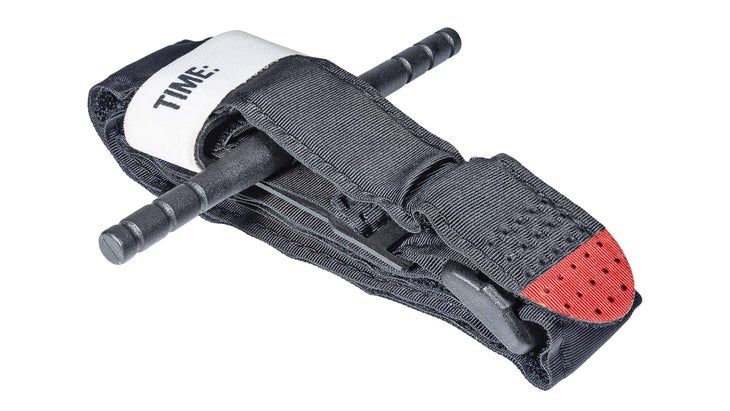Heading out the door? Read this article on the new Outside+ app available now on iOS devices for members! Download the app.
Not long ago in my favorite outdoor store, I eavesdropped on a sales rep pitching a pricey water filter. He eagerly explained that at high altitude, his customer would have to boil water for 10 minutes or more for it to be disinfected, and that would take way too much fuel. He closed the sale. I bit my tongue and didn’t tell the prospective customer that they were being fed a falsehood.
So much of wilderness medicine is experience-based rather than evidence-based, or even worse, the unproven propagation of someone’s clever idea from decades ago. Here are a few of my favorites:
Myth: Epinephrine is scary.
Many travelers have epinephrine auto-injectors to use in case of anaphylaxis, whether from stepping on a bee or having a serious allergic reaction to peanuts. Unfortunately, the idea that epinephrine can cause side effects as harmful as the problem itself—up to and including heart attacks—is as prevalent as it is false. Unnecessarily jabbing a needle into someone’s (or your own) thigh may seem a bit dramatic, but in serious allergic reactions—when breathing, speaking, or swallowing is involved—epinephrine saves lives. The risk of dangerous side effects is tiny, and the benefits can be life-saving.

Myth: Tourniquets do more harm than good.
Tourniquets were taboo for a long time in emergency and wilderness medicine, due to fear about bad outcomes and lost limbs. But decades of evidence from the world of combat care show that tourniquets save lives when bleeding can’t otherwise be controlled. For high-risk activities like mountaineering, mountain biking, or hiking rugged, remote terrain, consider adding a commercial tourniquet to your medical kit—they perform way better than hastily improvised versions. Tourniquets temporize bleeding, slowing hemorrhages until help arrives or while moving a patient to safety, with little chance of doing more harm than good.
Myth: Patients don’t have heat stroke until they stop sweating.
Heat stroke is a true emergency that should be treated aggressively and quickly. Altered consciousness or sudden collapse are its most reliable signs in an overheated individual—not whether their armpit still feels a little damp when you stick your hand in there. If someone in your group is exhibiting signs of possible heatstroke, such as confusion and slurred speech, nausea, and a rapid heartbeat with rapid, shallow breathing, it’s time to evacuate them regardless of whether or not they’re still sweating.
Some of these myths are finally heading the way of other medical miscues, such as rubbing snow on frostbitten skin (bad idea) or sucking venom from a snakebite (come on, people). As we continue to learn, even current dogma might get tossed in the wastebasket as we base more of our practice on good evidence.
Incidentally, water is safe to drink as soon as it reaches a rolling boil regardless of altitude, although some sources suggest boiling it for one to three minutes for added safety. Pass it on.
Christopher Tedeschi teaches and writes about wilderness and disaster medicine. He is associate professor of emergency medicine at Columbia University and an editorial board member for the journal Wilderness and Environmental Medicine. He enjoys hiking and biking near his home in the lower Hudson Valley.